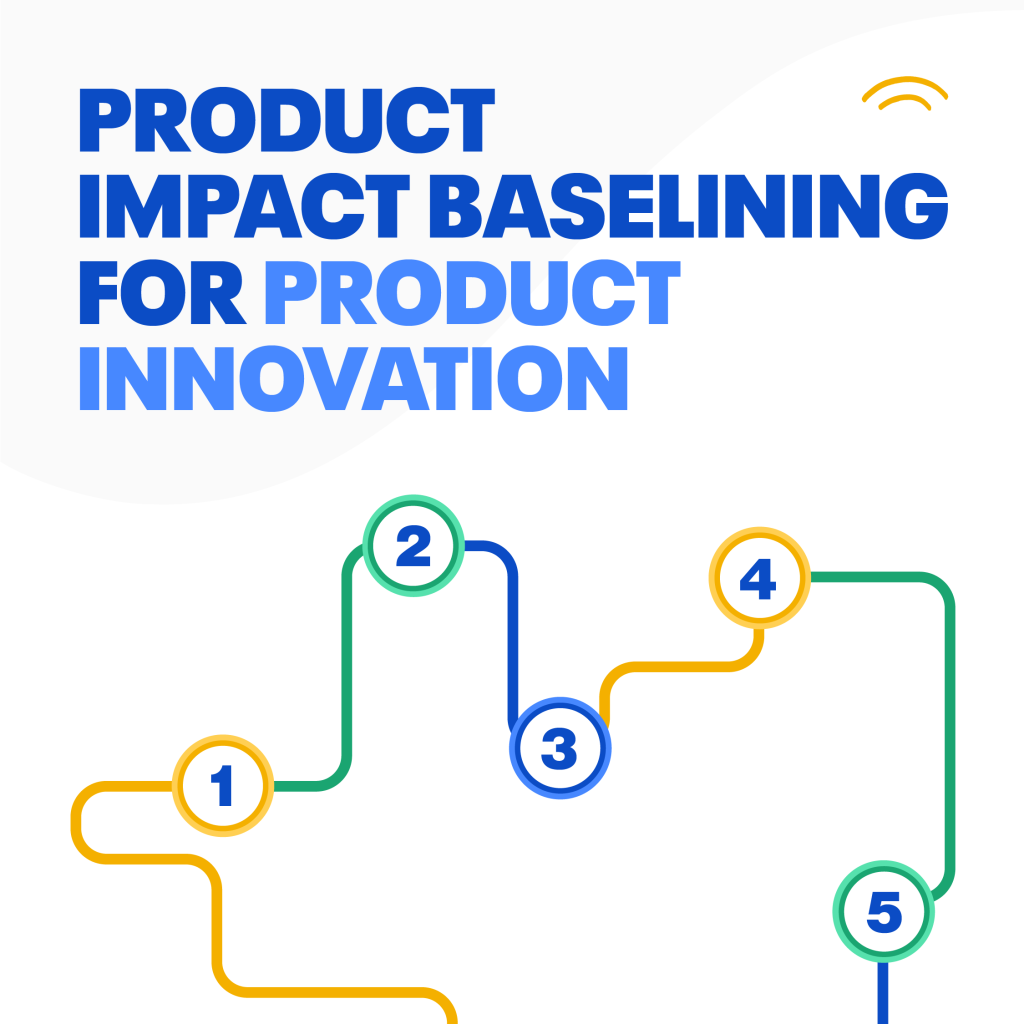
As businesses move towards their sustainability goals, e-waste management has emerged as a core agenda item. As global regulations tighten and the demand for circular economy practices rises, transparent and responsible e-waste strategies are more vital than ever.
Understanding the complexities and nuances of e-waste management is essential for businesses committed to reducing their environmental footprint and driving sustainable innovation. This week, we’ve compiled four insightful articles from industry experts that explore the evolving landscape of e-waste, its environmental impact, and actionable strategies to optimize e-waste handling. These various resources will assist you in implementing best practices and creating a cleaner, more sustainable future.
Firstly, we recommend you have a look at the in-depth analysis of the e-waste phenomenon and the rising crisis surrounding its presence by the World Health Organisation. This article gives you a solid foundation on the main intricacies of e-waste’s global impact, highlighting the health risks, environmental consequences, and the urgent need for sustainable solutions.
Link to Article: Electronic waste (e-waste)
Another source on our list is The Growing Environmental Risks of E-Waste, a detailed update from the Geneva Environment Network. This piece explores the escalating hazards of electronic waste and emphasizes the need for a thorough recycling system ready to prevent the upcoming threat. It provides valuable insights into the global scale of the e-waste problem and the rising role of extended producer responsibility (EPR). It is a must-read for businesses aiming to integrate effective e-waste strategies into their sustainability initiatives.
Link to Article: The Growing Environmental Risks of E-Waste
Next is a recent update of the Global E-waste Monitor by the United Nations Institute for Training and Research (UNITAR). UNITAR Insights are especially beneficial for businesses aiming to proactively address the challenges of e-waste, reduce environmental impact, and align with evolving regulatory standards.
Link to Article: The Global E-waste Monitor 2024
Lastly, is a must-read The World Economic Forum’s article, which highlights the rapid growth of electronic waste (e-waste) and its significant environmental and economic implications. Highlighting the need for systemic changes to enhance recycling rates, this article suggests several initiatives to enable businesses and policymakers with the possibility of significant growth of e-waste recycling rates, promoting environmental protection and resource efficiency.
Link to Article: 7 Ways to Boost e-waste Recycling – and Why It Matters
E-waste can be significantly and easily mitigated through smart design and prototyping by embedding sustainability principles at the outset of product development. By designing for durability, repairability, and recyclability, and leveraging prototyping to test these features, companies can reduce the risk of waste generation. Understanding the environmental and social footprint of materials and processes early in the product lifecycle ensures that potential risks—such as resource depletion, harmful waste, or social inequalities—are identified and addressed. This proactive approach not only minimizes e-waste but also aligns with broader sustainability goals, reducing risks later in the value chain.
For more information and the latest updates on sustainability, follow us on LinkedIn or subscribe to our newsletter.
